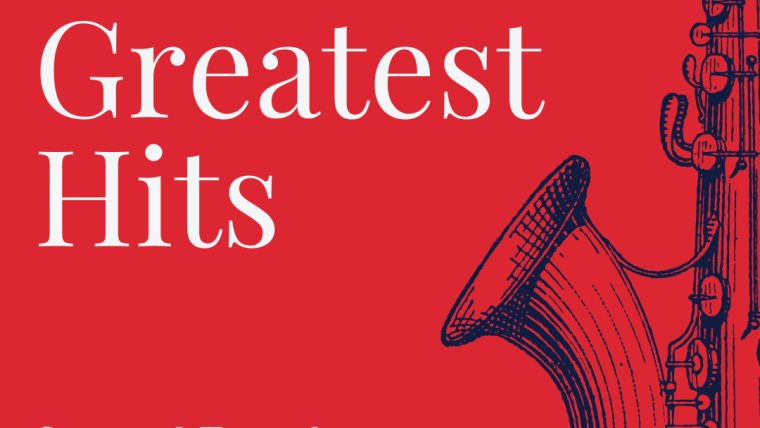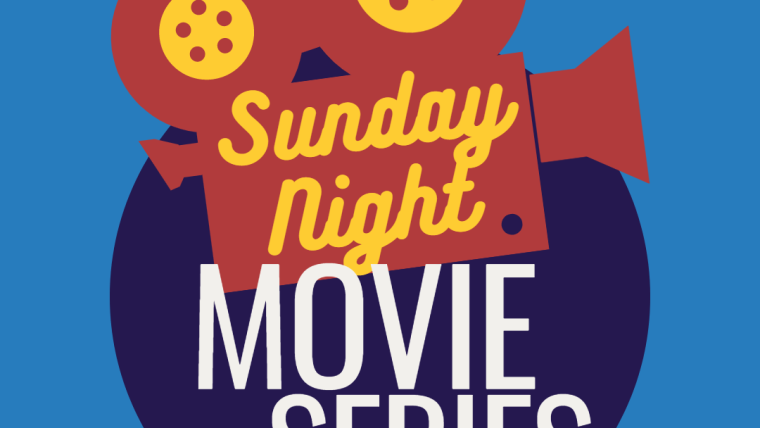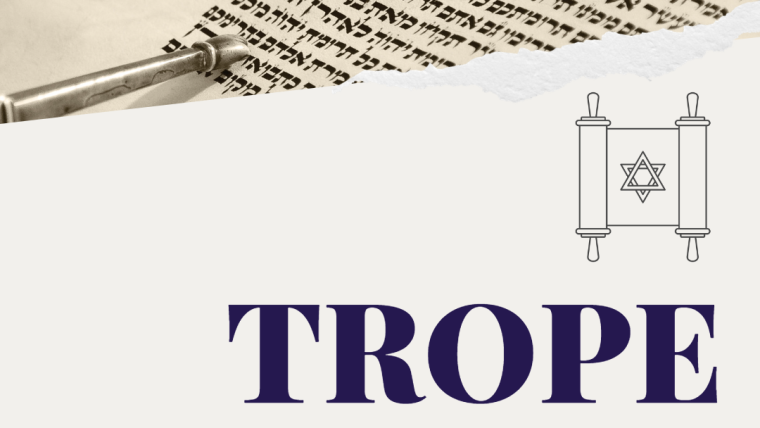Click the button below to learn more about our events

Click the button below to learn more about our events

Click the button below to learn more about this event

Click the button below to learn more about this event
Click the button below to learn more about our events

![]() Select the expand icon
Select the expand icon![]() at the bottom right for the fullscreen view.
at the bottom right for the fullscreen view.
Click the button below to learn more about this event


